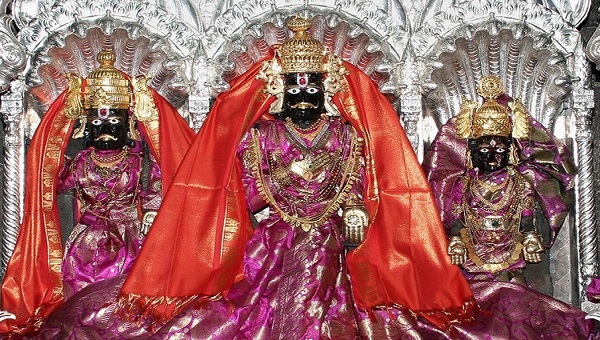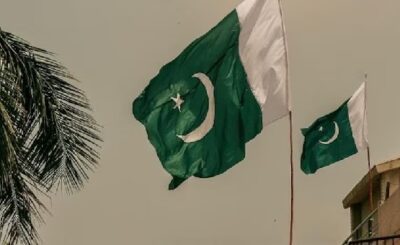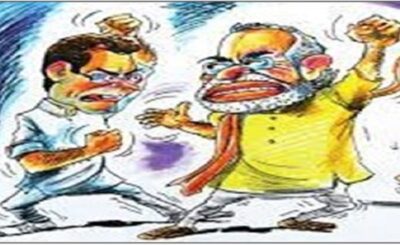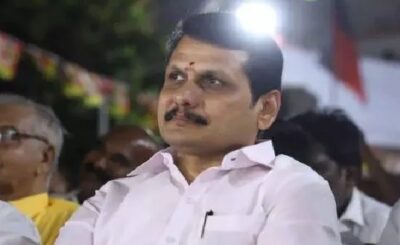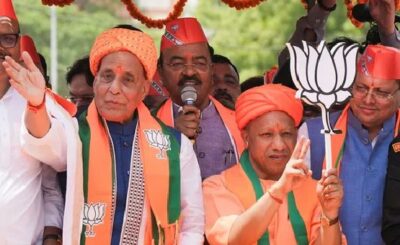Story & Photos: V.V.S. Manian
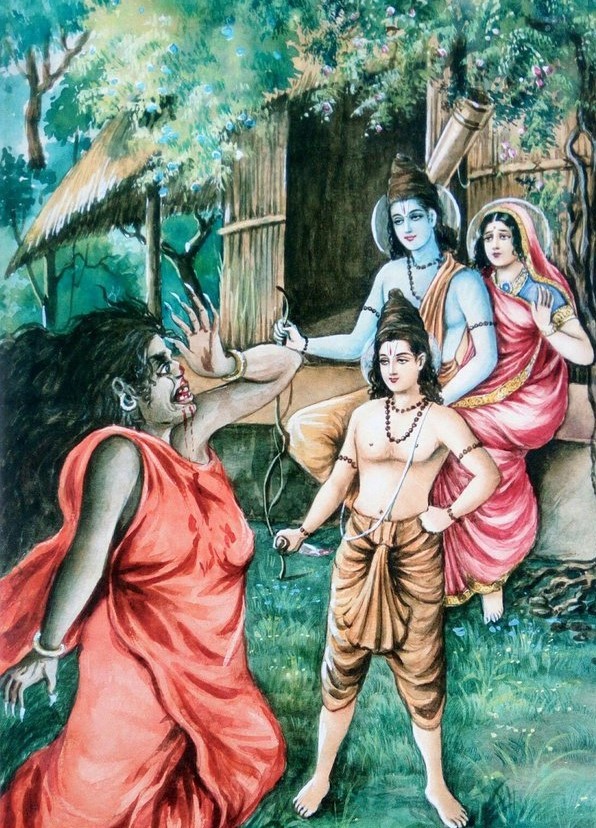
The temple is situated on the banks of Godavari in the Panchavati area of Nashik. The temple was built by Sardar Rangarao Odhekar in 1790 AD. The temple is dedicated to Lord Ram. The idols of Ram, Lakshman, and Devi Sita are sculpted from black stone. Hence, the deity got the name Kala Ram, meaning black Ram. It is believed that Odhekar had a dream that a statue of Lord Ram in black was in the Godavari River. As ordained, he took the statue from the river and built this temple.
The name Nashik is derived from the Sanskrit word ‘nāsikā’, which literally means ‘nose’. According to the Ramayana, Nashik is the location on the banks of the Godavari River where Lakshmana cut the nose of the demon Surpanakha; hence the name “Nashik.” It is also known by the name Panchavati.


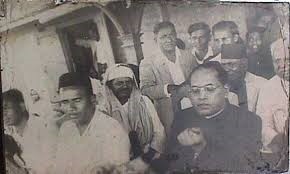
Panchavati is considered to be the most special and important among the places associated with the Ramayana because of the many important events associated. Lord Ram, Mother Sita, and Lakshman Ji spent some years in the Dandakaranya forest located in the Panchavati region. The name Panchavati means land of five banyan trees. It is believed that Lord Rama established his hut here, as the presence of five banyan trees made this area auspicious. It is from the Panchavati region that Ravana, the king of Lanka, abducted Sita after drawing her out of the hut.
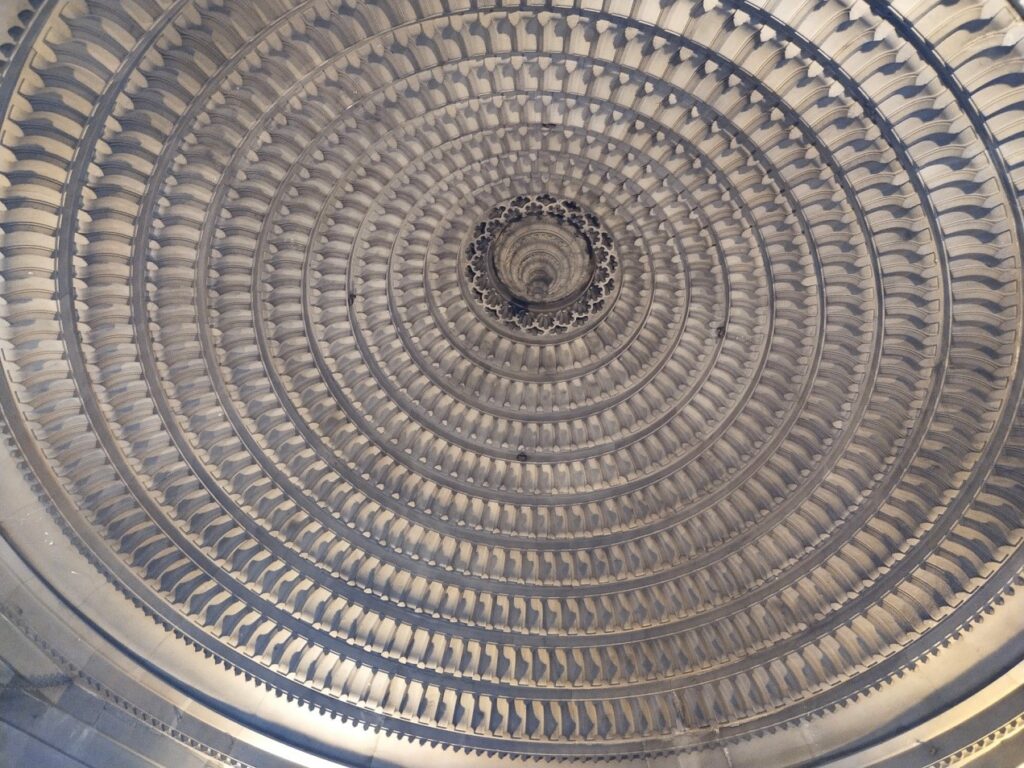
Architecture
The temple is built in the Nagara style. The architecture of the temple is a replica of the Trimbakeshwar temple in Nashik. The main temple has 14 steps, representing the 14 years of Ram’s exile. The 84 pillars in the temples represent the cycle of 84 lakh species that one has to complete to be born as a human. The temple has been constructed of black stones. There are four entrances to the temple: east, west, north, and south. The temple is surrounded by an enclosure that consists of 96 pillars. It took 12 years to complete, with 2,000 skilled workers on the job. The temple is 70 feet high and has a gold-plated peak. The summit of the temple is made up of 32 tons of gold. At the entrance of the temple, an idol of Hanuman is in a small shrine. The idol is also black. On the outer north side, there is a sacred tree and the foot prints of Dattatreya.
Deities
The temple accommodates the main deities, Kala Ram, Lakshman, Devi Sita. There are also shrines for Vitthal, Ganesh, and Maruti.

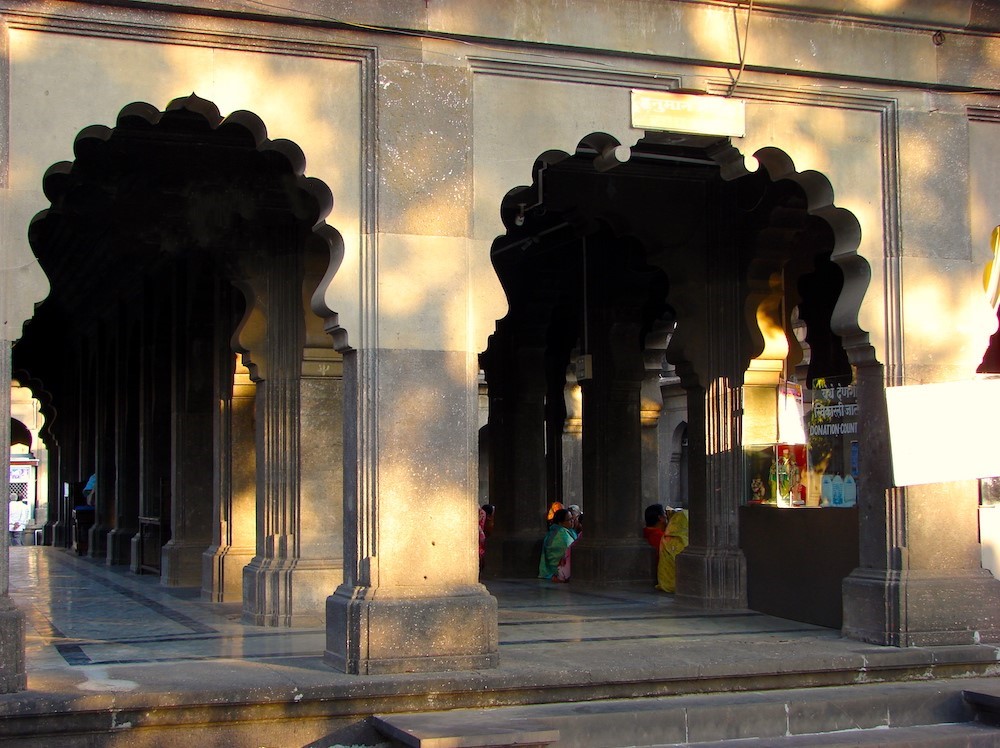

Aartis Aarti in this temple takes place from 6 in the morning to 8 at night. Kakad aarti 5:30 am, Sanai Vandan 7:00 am Mangal arti 8:00am, Maha aarti 10:30am, Bhajan: 3:00 to 5:00 Sandya Aarti, 7:00 p.m. Kirtan, 8:00 p.m.
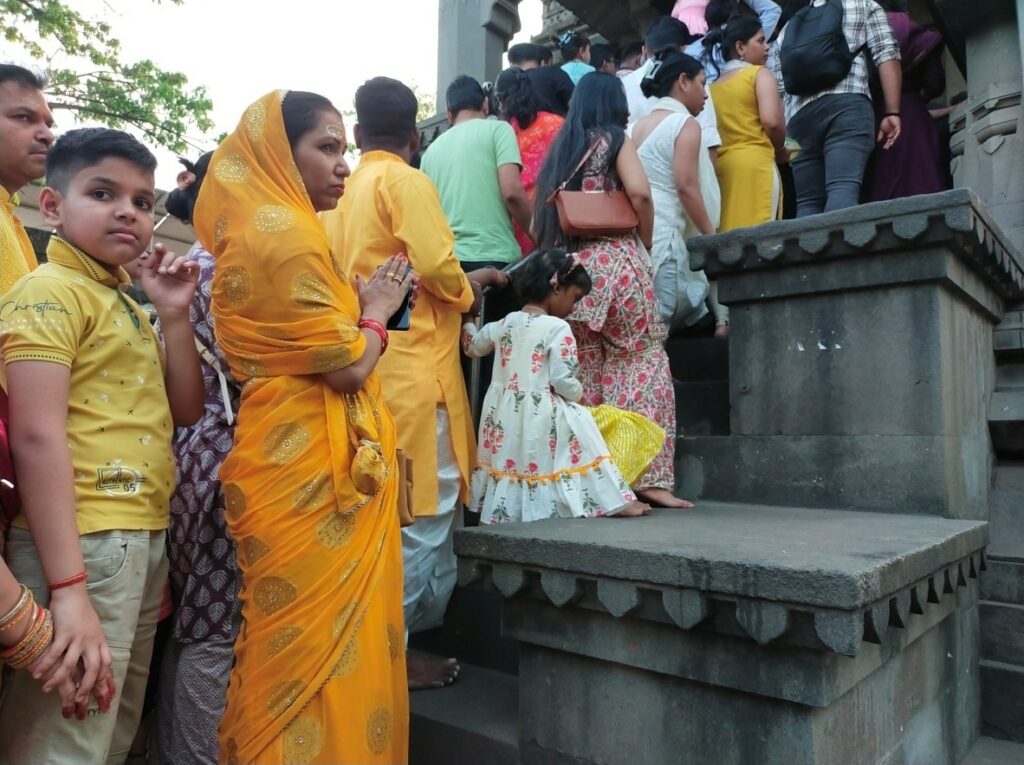
Festivals
Festivals celebrated with great pomp in the temple are Rama navami, Dussehra, Chaitra Padwa, to mention a few. The Vasantik Navratri festival is organized every year by the Devastan. During the festival, Tulsi Archan for Shri Ram Janmotsav and Annakot are organized. It includes various religious and cultural programs.
The city and the temple celebrate Rama Navami, the birthday of Lord Rama, in April. Since it is believed that Lord Rama lived in Nashik for a few years during his exile, Ram Navami is one of the most celebrated and awaited festivals in Nashik. Lord Ram’s birthday is celebrated with rituals at noon, while the chants of “Jai Shri Ram” fills the air.
Diwali, which celebrates the homecoming of Lord Rama, is therefore observed with much fanfare in Nashik. Lakshmi Pooja is observed at night. The city is bright with colorful lights everywhere.
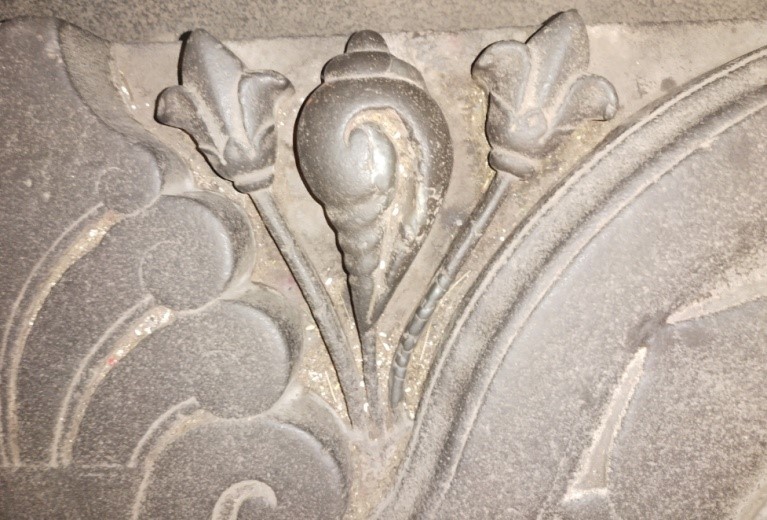
Benefits
Devotees who come here and have a darshan of Ram enjoy a wealthy, happy, and healthy life.
Timings
From 5:00 a.m. to 10:00 p.m.
The Kalaram Mandir Satyagrah took place on March 2, 1930, under the leadership of Dr. Bhim Rao Ambedkar. The Dalit movement was done. The reason for taking out this movement was the demand for the entry of Dalits into temples. The Kala Ram Satyagraha movement is also known as the temple entry movement.


